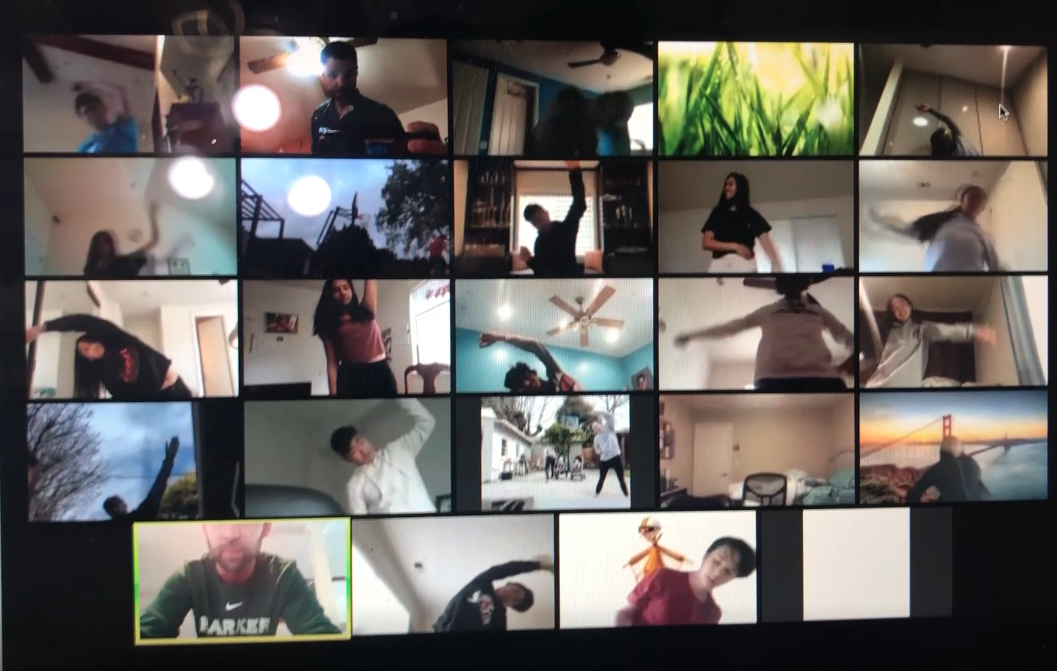Many upper school teachers are incorporating a variety of methods to manage the amount of screen time their students are having each day due to the shift to remote learning caused by the COVID-19 pandemic. With students both attending classes and doing homework on laptops and other devices, educators are concerned about the amount of time students are spending in front of screens. “I am alarmed at the extent of screen time and lack of physical movement,” said upper school chemistry teacher Smriti Koodanjeri, who has been going on short walks with her daughter, Anya.
Sharing Koodanjeri’s concerns, business and entrepreneurship teacher Michael Acheatel included 15 minutes of light exercise into his Zoom classes. “I am also keeping my screen time-based assignments as light as possible,” he said. He’s also worked with business & entrepreneurship teacher Juston Glass and athletics coach Loren Powers to organize online exercise periods, to which all students are invited. Upper school history teacher Carol Green suggested including slides in presentations that remind students to take stretch breaks. Last week, she and fellow history teacher Julie Wheeler “unintentionally added a lot of movement to our class” by giving students the option to submit their assignment as a video made on the video sharing service TikTok. “The TikTok format gets the students moving!” Green said.
“Honestly, my biggest suggestion would be to cut down the amount of material we are trying to cover,” said upper school English teacher Tia Barth. ” I’m trying to give only about 80 minutes of work with class time and homework combined. Everything we teach and do is important, but we’re going to have to prioritize and scale back to make this approach sustainable.”
While understanding teachers’ concerns, upper school LID director Diane Main cautioned that screen time shouldn’t be altogether avoided. “Are they passive consumers of content, or are they interacting and creating? The more we can have them doing the latter, and for shorter stretches rather than an hour or more at a time, the better it is likely to be for them,” she said.
